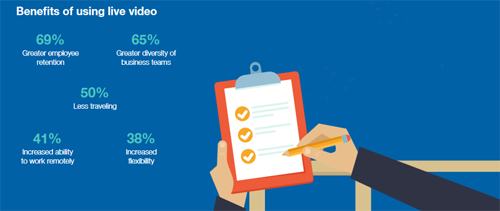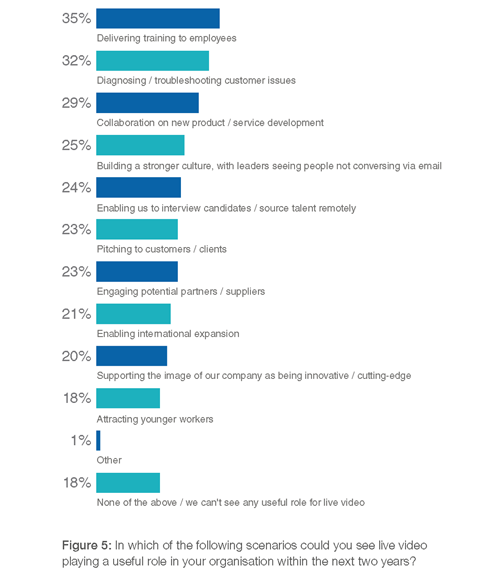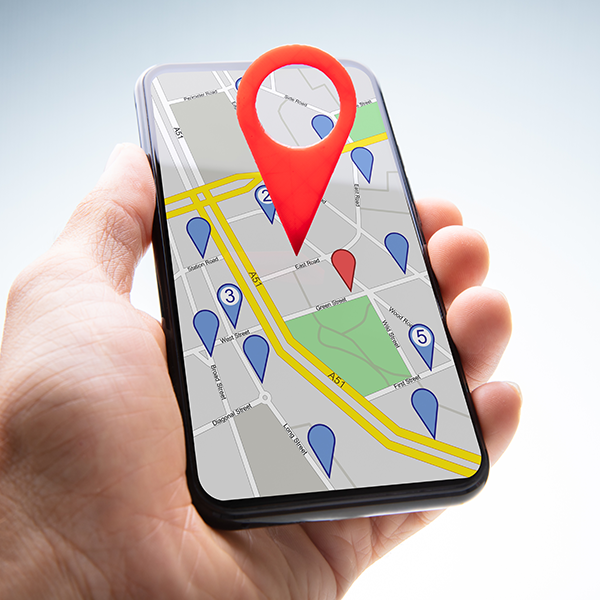Live Technologies in the Workplace [A Q&A with BlueJeans Network]

Video may be a part of most people's everyday lives, but many organizations are slow to adopt the communication tool at work.
BlueJeans Network, a provider of affordable online video conferencing services, recently released the findings of its global Love Live survey proving how vital new communication tools are for businesses to successfully attract and retain talent, among other benefits. This is especially true of millennial employees, as the study found that 63 percent expect to use live video when they enter the workplace (wherever that might be). What's more, three quarters of all employees recognize the benefits of communicating through live video, believing that successful businesses focus on collaborative growth and shared experiences.
Website Magazine caught up with Lori Wright (pictured below), chief marketing officer at BlueJeans, to understand video's crucial role in operations, to learn more about the study's findings and to get examples of how enterprises are currently using real-time experiences to engage employees.
- How do you define "live" technologies?
 At BlueJeans we define "live" technologies as something that gives the user a real-time experience that feels as natural and human as being together in-person. In the case of video communications it goes one step further by connecting sight to sound in real-time. This is a critical component as people perceive communication to be 90 percent body language and only 10 percent verbal.
At BlueJeans we define "live" technologies as something that gives the user a real-time experience that feels as natural and human as being together in-person. In the case of video communications it goes one step further by connecting sight to sound in real-time. This is a critical component as people perceive communication to be 90 percent body language and only 10 percent verbal.
- What place do these technologies have in today's workplace?
Live technologies play a key role in the today's workplace. The modern-day workforce is more global and distributed than ever before and while that is exciting, it can also present challenges in effective communication and maintaining culture. If you can't simply walk over to someone's desk and ask them a question, having a tool that still allows you to look them in the eyes and get an instant response (not back and forth over email), is critical to keep business moving. The world moves so quickly these days and employees are juggling so much that communication tools that were used and considered effective like email, fax or phone are now seen as archaic and even an annoyance due to overload. In fact BlueJeans' global survey found that 43 percent of respondents believe email communication is out of control. Video communications help cut down on the email glut as well as garner faster and more accurate responses.
- Please provide an example of how live video is used in-office and an example of how live video is used with distributed workforces?
First generation technology for live video was when there was a camera and monitor in a conference room where people would come to meet and connect with either one or more participants over video.
Large companies have done this for years as they had the budgets for the expensive hardware that used to be associated with traditional video conferencing. This was limiting because there weren't a lot of these rooms and most employees didn't have access to them. However, today's relatively inexpensive camera units coupled with a cloud-based service like BlueJeans create instant "huddle rooms," which means business of all sizes can collaborate using live video, because all you need to get connected is a camera-enabled device (which is nearly every device) and an Internet connection.
Live video has been democratized for all businesses; there's no longer any barrier to being able to hear and see someone instantly no matter where they (or you) are in the world.
We see organizations leveraging live video in all sorts of scenarios from internal sales and marketing check-ins, to customer meetings, to company-wide all hands with people joining from around the globe and having the ability to interact in the conversation.
- Were there any findings in the report that surprised you?
We were surprised to find that groups of employees feel their management does not encourage the use of video communications. Only 28 percent of respondents said their employers are proactively encouraging them to use video communications at work. Yet majority agree that live video can reap many benefits, including greater employee retention (69 percent), greater diversity (65 percent) and less travel (50 percent). By implementing modern communication technologies, management will continue to realize these rewards and more to improve overall business practices, collaboration and connections within their teams.

- Anything else you'd like to add?
The key takeaway for us is that the vast majority (85 percent) of today's modern workforce is using live video in their personal and professional lives. Moreover, the majority (63 percent) of respondents want to see live video used more in their workplace. This sentiment is in line with what we are seeing with the BlueJeans customers we interact with daily. We believe these numbers will continue to rise as more companies come to understand the benefits and importance of video communications to the health of their business.

Subscribe to Our Newsletter!
Latest in Software






![Live Technologies in the Workplace [A Q&A with BlueJeans Network]](https://www.websitemagazine.com/hubfs/Imported_Blog_Media/blue-jeans-study-3-1-1-1.png)


